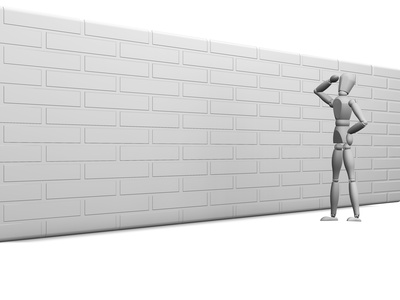Explain the use of different print media for DSC activities
- Electronic media and print media for development support communication include:
- Broadcasting, in the narrow sense, for radio and television.
- Many instances of various types of recorded discs or tapes. In the 20th century, these were mainly used for music. Video and computer uses followed.
- Film, most often used for entertainment, but also for documentaries.
- The Internet, which has many uses and presents both opportunities and challenges. Examples can include Blogs and podcasts (such as news, music, pre-recorded speech, and video)
- Mobile phones, which can be used for rapid breaking news and short clips of entertainment like jokes, horoscopes, alerts, games, music, and advertising
- Publishing, including electronic publishing
- Video games, which have developed into a mass form of media since cutting-edge devices such as the PlayStation 3, XBox 360, and Wii broadened their use
Audio recording and reproduction
Sound recording and reproduction is the electrical or mechanical re-creation and/or amplification of sound, often as music. This involves the use of audio equipment such as microphones, recording devices and loudspeakers.
Broadcast
The sequencing of content in a broadcast is called a schedule. With all technological endeavors a number of technical terms and slang are developed please see the list of broadcasting terms for a glossary of terms used.
Television and radio
Television and radio programs are distributed through radio broadcasting over frequency bands that are highly regulated by the Federal Communications Commission. Such regulation includes determination of the width of the bands, range, licensing, types of receivers and transmitters used, and acceptable content.
Cable
Cable programs are often broadcast simultaneously with radio and television programs, but have a more limited audience. By coding signals and having decoding equipment in homes, cable also enables subscription-based channels and pay-per-view services.
Film
‘Film’ encompasses motion pictures as individual projects, as well as the field in general. The name comes from the photographic film (also called film stock), historically the primary medium for recording and displaying motion pictures. Many other terms exist motion pictures (or just pictures and “picture”), the silver screen, photoplays, the cinema, picture shows, flicks and commonly movies.
Film is considered by many to be an important art form; films entertain, educate, enlighten and inspire audiences. Any film can become a worldwide attraction, especially with the addition of dubbing or subtitles that translate the film message. Films are also artifacts created by specific cultures, which reflect those cultures, and, in turn, affect them.
Internet
The Internet (also known simply as “the Net” or less precisely as “the Web”) is a more interactive medium of mass media, and can be briefly described as “a network of networks”. Specifically, it is the worldwide, publicly accessible network of interconnected computer networks that transmit data by packet switching using the standard Internet Protocol (IP). It consists of millions of smaller domestic, academic, business, and governmental networks, which together carry various information and services, such as e-mail, online chat, file transfer, and the interlinked Web pages and other documents of the World Wide Web.
Blogs (Web Logs)
Blogging, too, has become a pervasive form of media. A blog is a website, usually maintained by an individual, with regular entries of commentary, descriptions of events, or interactive media such as images or video. Entries are commonly displayed in reverse chronological order, with most recent posts shown on top. Many blogs provide commentary or news on a particular subject; others function as more personal online diaries.
RSS feeds
RSS is a format for syndicating news and the content of news-like sites, including major news sites like Wired, news-oriented community sites like Slashdot, and personal blogs. It is a family of Web feed formats used to publish frequently updated content such as blog entries, news headlines, and podcasts. An RSS document (which is called a “feed” or “web feed” or “channel”) contains either a summary of content from an associated web site or the full text. RSS makes it possible for people to keep up with web
sites in an automated manner that can be piped into special programs or filtered displays.
Book
A book is a collection of sheets of paper, parchment or other material with a piece of text written on them, bound together along one edge within covers. A book is also a literary work or a main division of such a work. A book produced in electronic format is known as an e-book.
Magazine
A magazine is a periodical publication containing a variety of articles, generally financed by advertising and/or purchase by readers.
Magazines fall into two broad categories: consumer magazines and business magazines. In practice, magazines are a subset of periodicals, distinct from those periodicals produced by scientific, artistic, academic or special interest publishers which are subscription-only, more expensive, narrowly limited in circulation, and often have little or no advertising.
Newspaper
A newspaper is a publication containing news and information and advertising, usually printed on low-cost paper called newsprint. It may be general or special interest, most often published daily or weekly. The first printed newspaper was published in 1605, and the form has thrived even in the face of competition from technologies such as radio and television
